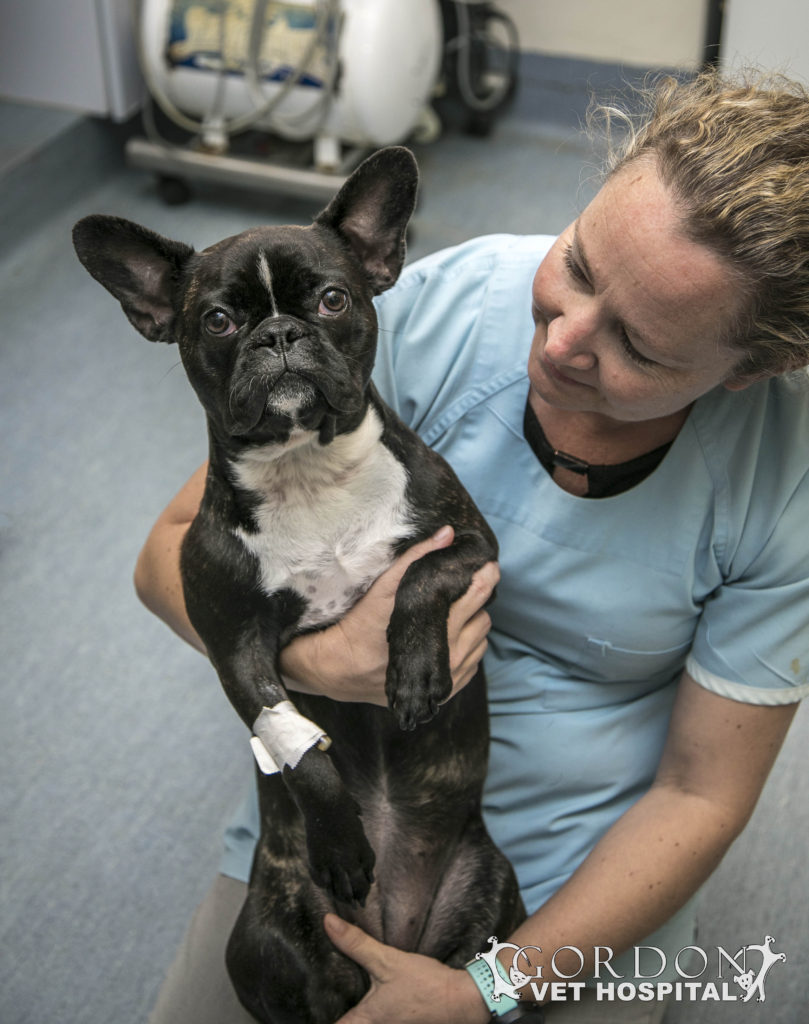我们友善的员工” href=”https://gordonvet.com.au/our-staff/”>Helen Burns has been working at Gordon Vet since 2014 and has undergone extensive further training in brachycephalic airway surgery. Her passion for the surgery is second to none and she performs it as safely and thoughtfully as possible. She has performed the procedure on a range of breeds including, but not limited to, French Bulldogs, Pugs, Boston Terriers, Australian Bulldogs, English Bulldogs and Pekingese. Helen tailors her approach to individuals as you can see from the case of the beautiful French Bulldog Ruby below. If you would like to book an appointment to see Helen Burns click here.
Ruby’s Visit to Gordon Vet Hospital
Ruby, an 11 month old French bulldog came in to Gordon Vet for a check-up on a retained tooth, but her owner also expressed concerns regarding Ruby’s breathing. Ruby had been snorting and open mouth breathing constantly. Even when she was just resting and her owner was understandably concerned for her.
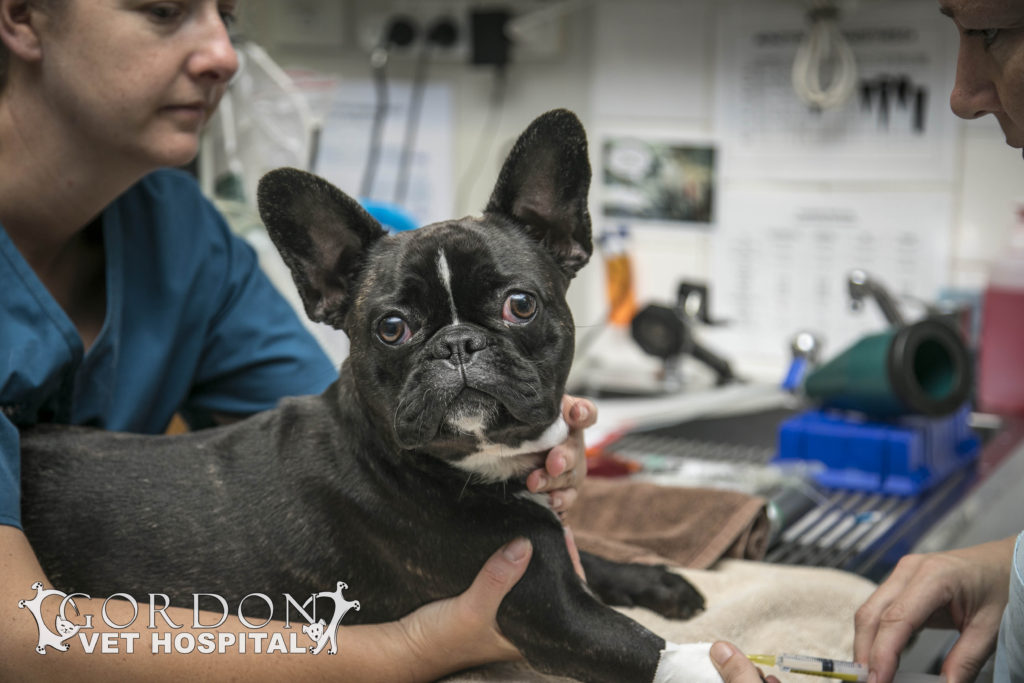
Brachycephalic Airway Syndrome, or BAS, is a partial obstruction of the upper airway. This is caused by physical characteristics such as stenotic nares (narrowed nasal passages), an overly long soft palate, or collapse of the larynx. In extreme cases these characteristics can all occur in the same dog. This type of breathing problem is very common for brachycephalic breeds, meaning breeds with broad heads and short noses. The condition results in an increase in respiratory noises and increases the risk of heat stroke and breathing difficulties as dogs age.

Ruby was booked in to undergo a procedure with Dr Helen to help relieve some of her symptoms. As Ruby often struggled to breath, she was pre-oxygenated for 15 minutes prior to being anesthetised. This was repeated for 20 minutes after the surgery while vets and nurses monitored the oxygen levels in her blood. During the procedure, her long soft pallet was trimmed and her nostrils were opened up using a wedge resection. The surgery went off without a hitch wile half the hospital watched on.
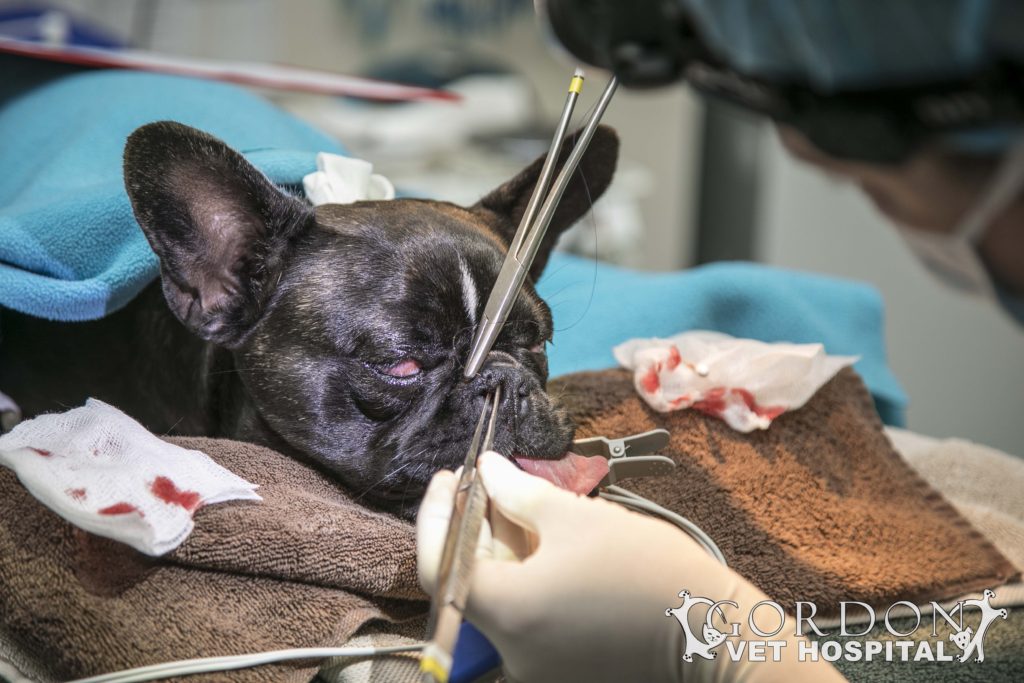
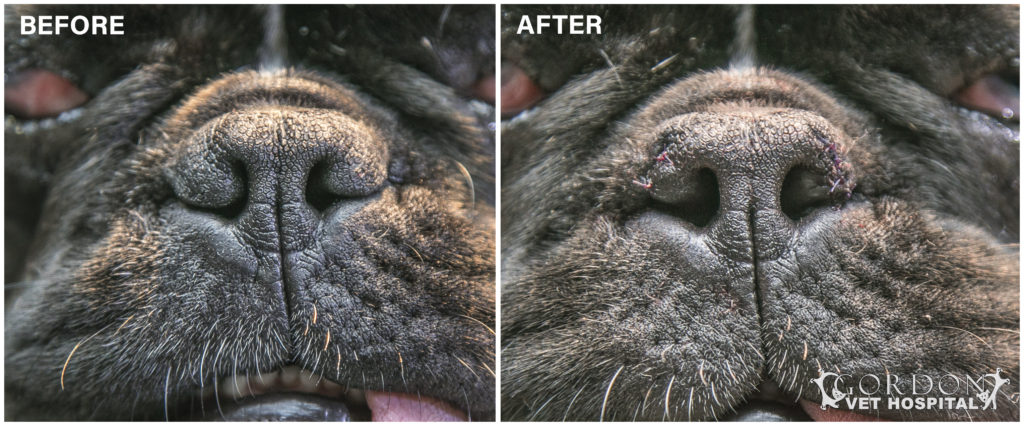
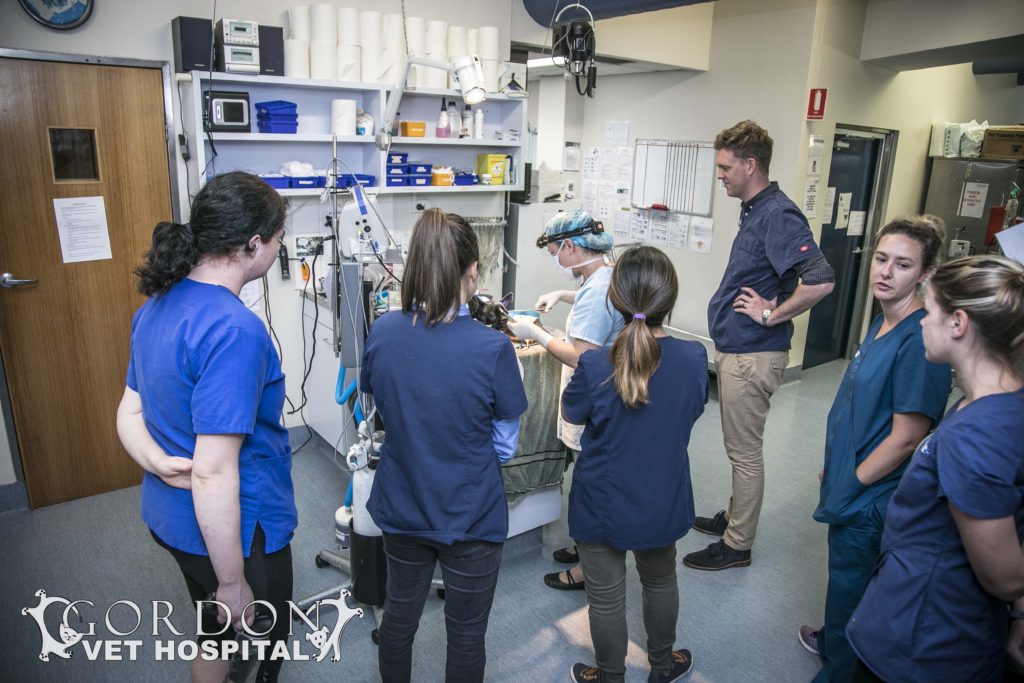
Ruby was up and about again only 30 minutes after the surgery and looking bright as ever, but she was transferred to NEVS overnight for observations just as a precaution. She ate soft food for the two weeks after surgery, but returned to her normal active life soon after that.
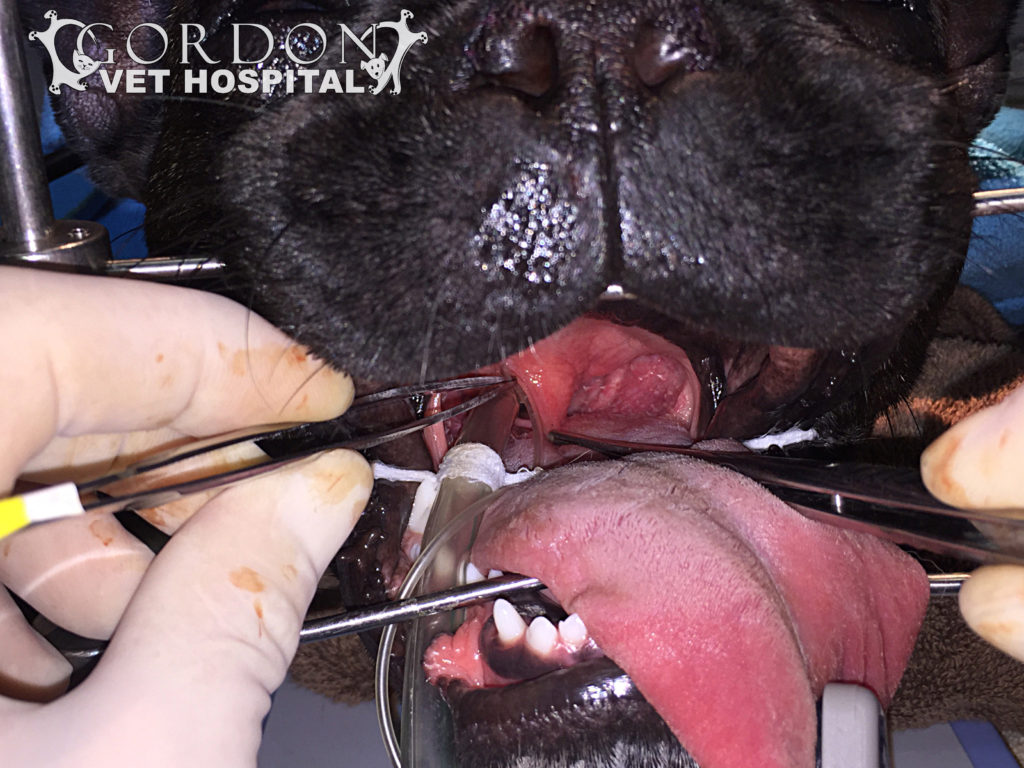
In March 2023 it had been 5 years since Ruby’s surgery and she was living a remarkably active life!
